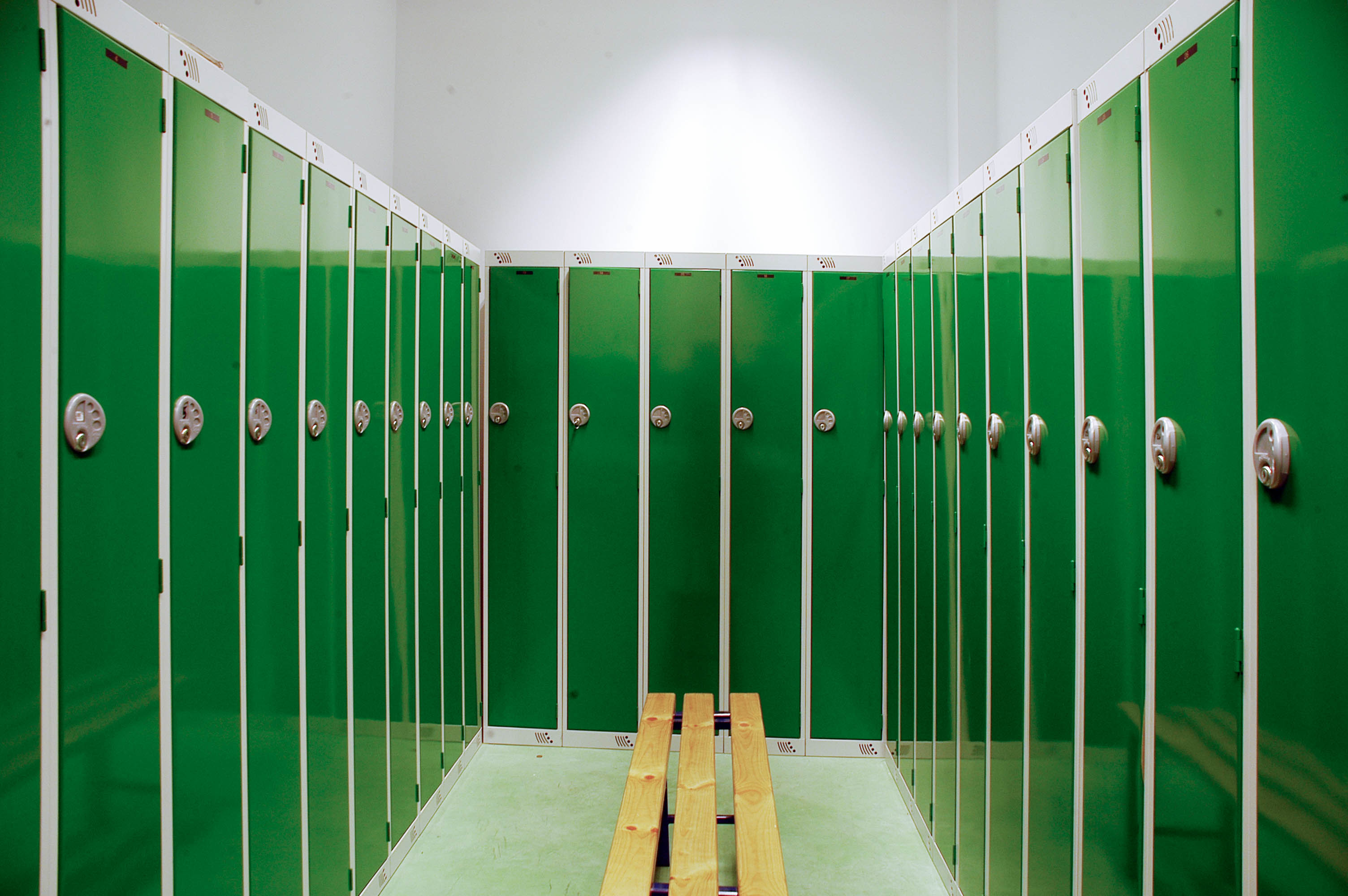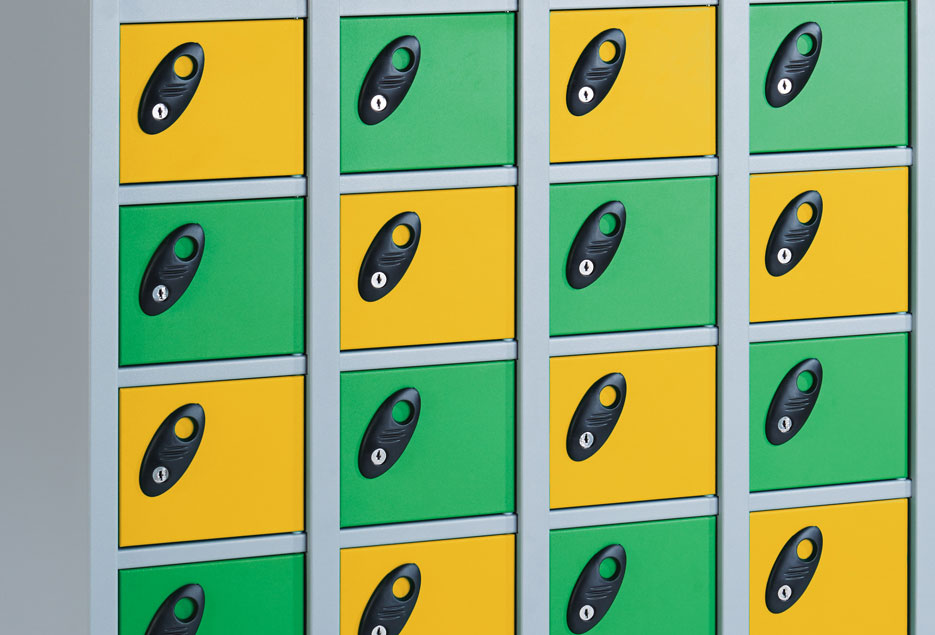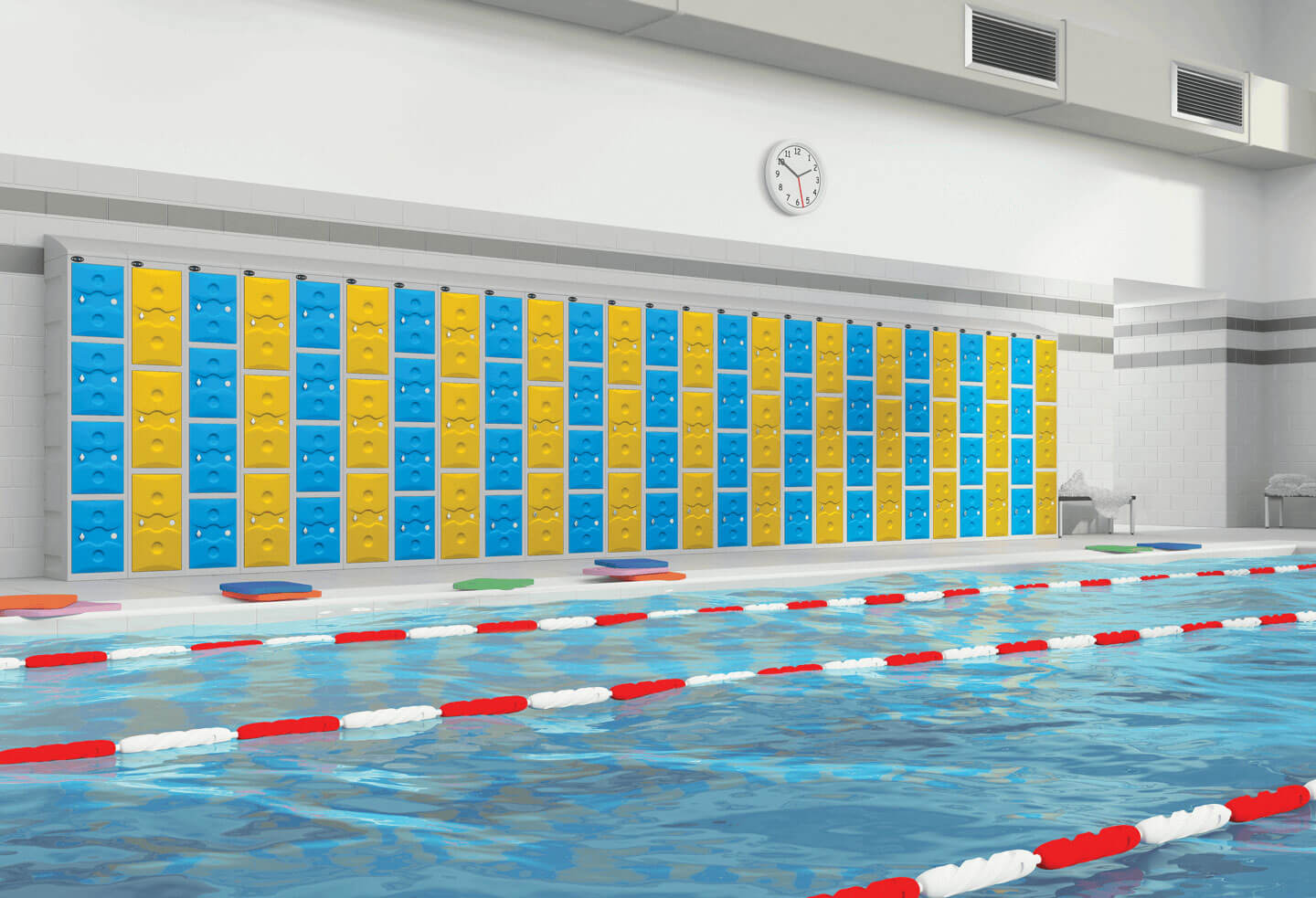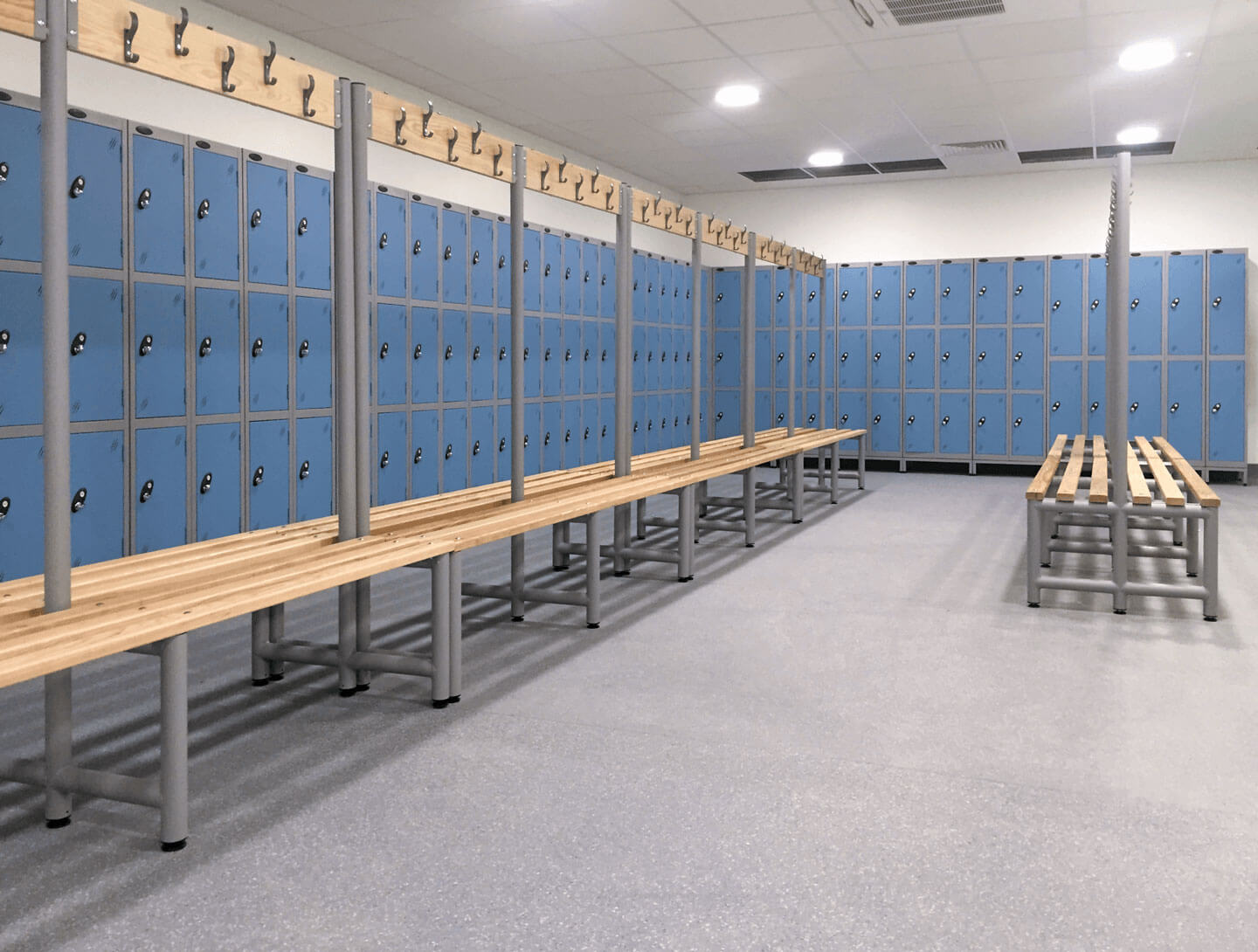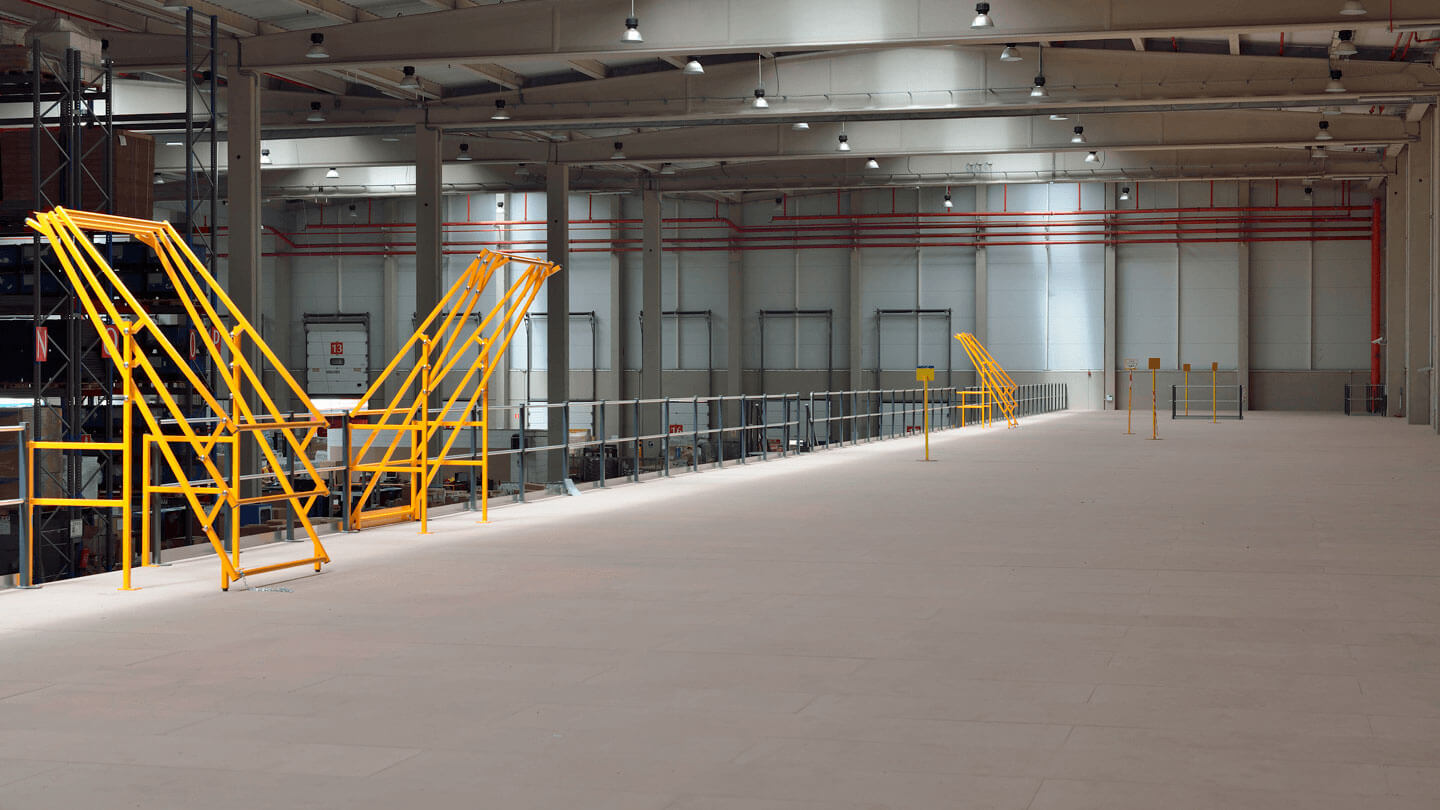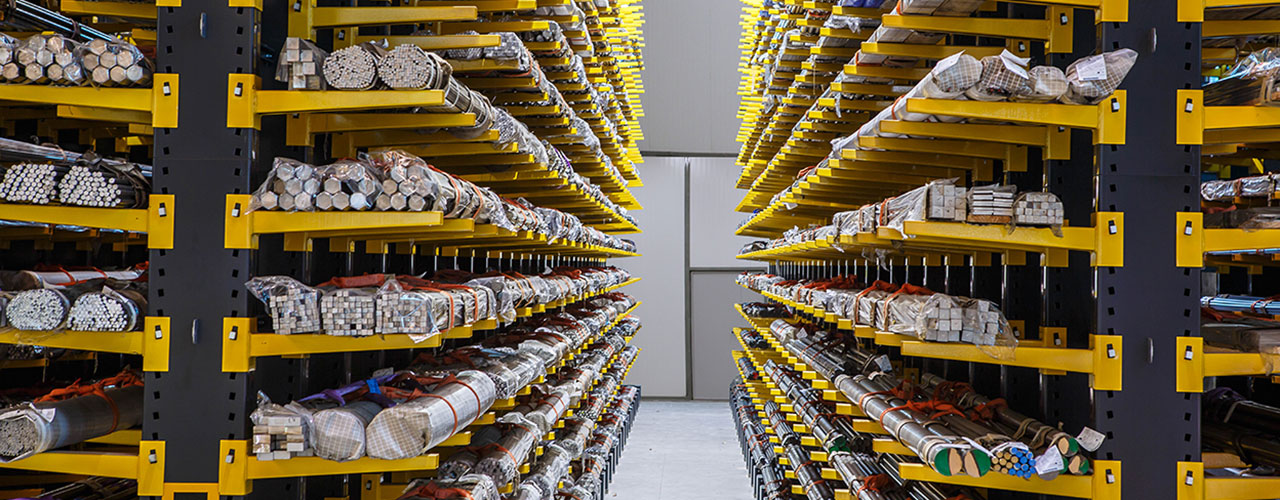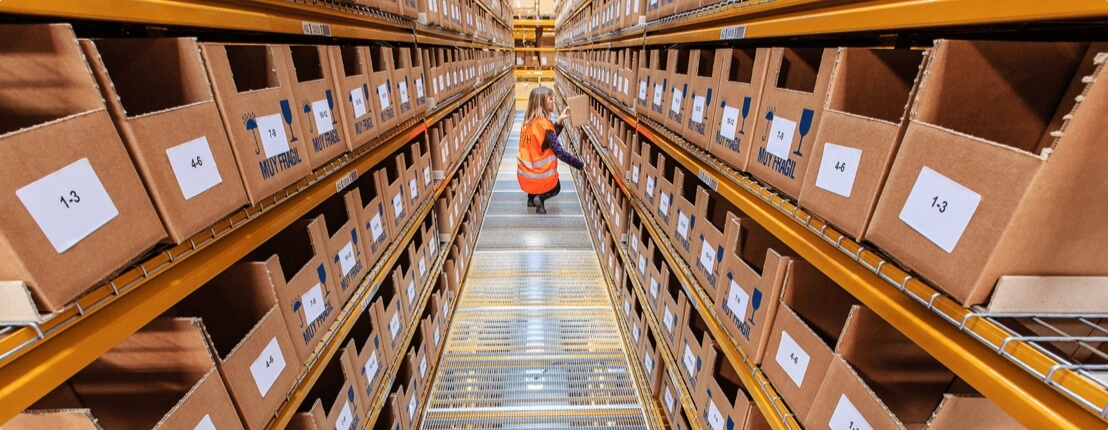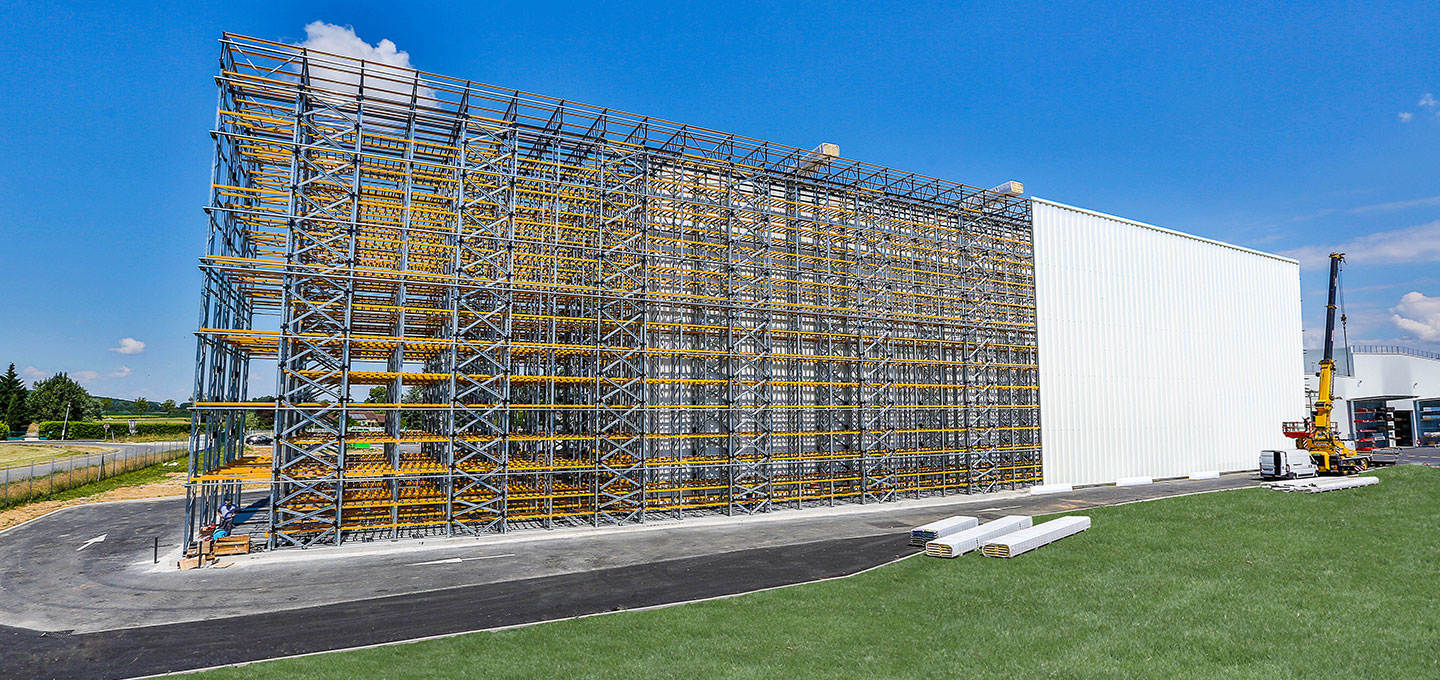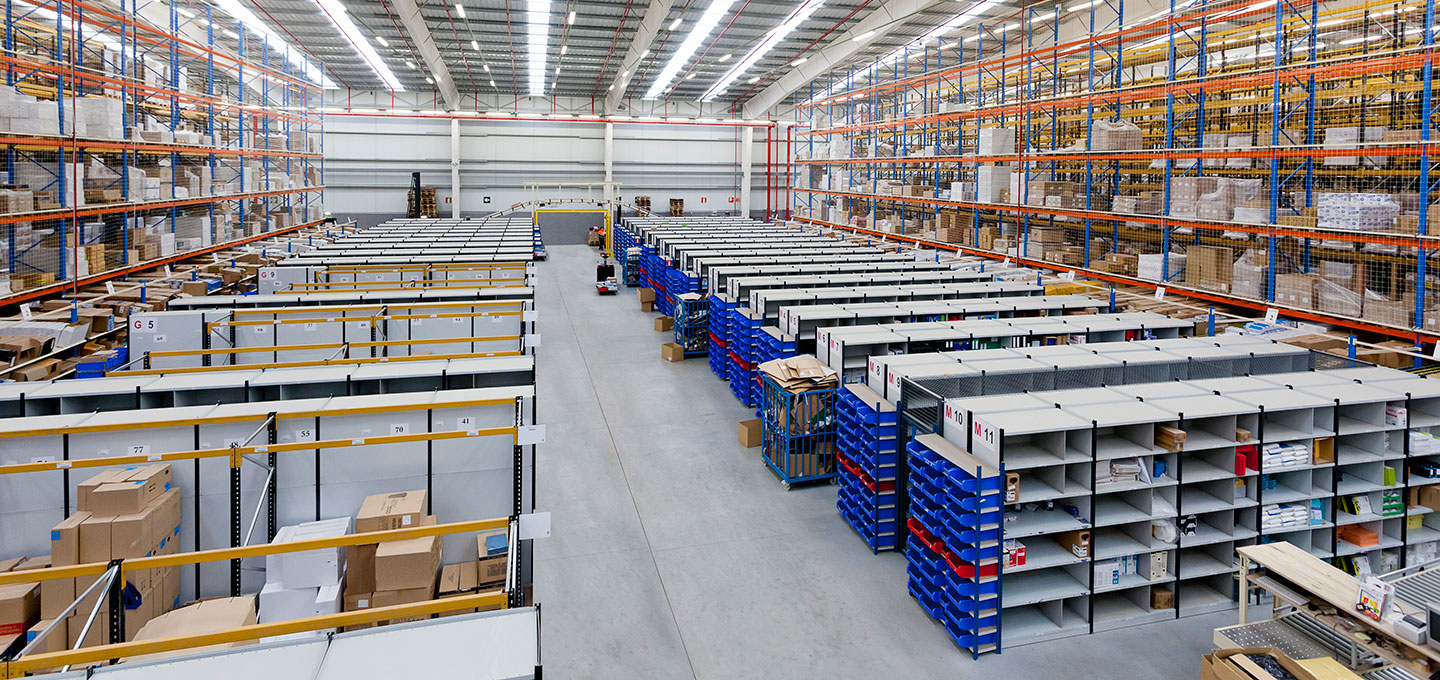Pallet racking is one of the most widely used storage systems in warehouse and logistics management. It is principally designed for the storage of goods on pallets, but can also store other types of load units, such as metal containers or GRGs, big bags…
Their metal steel structure and configuration capacity provide industrial racking that can withstand several tonnes of weight completely safely, and serviced using manual handling equipment such as forklifts or automated robot equipment.
Pallet racking’s flexibility is also evident across different sectors of activity and types of company. Therefore, use of this type of racking is widespread in sectors such as food and beverage, automotive, chemicals and cosmetics, retail or industry. Similarly, it is suitable for any size of company: from the large warehouses of a multinational with major logistics platforms, to smaller storage facilities.
Widespread use of these storage solutions is due mostly, to the numerous advantages offered by metal racking for palletised loads:
- They adapt to all types of spaces and needs
- They optimise the time and effort required to handle the products in storage
- Swift load location and stock control
- Safety during goods transportation, for both products and workers
- Valid for practically any type of cargo and sector
- Easily adjustable to future requirements
But what is the most appropriate pallet racking system for your warehouse? Before answering this question, we need to analyse several factors that play a determining role in the ideal choice of pallet storage solution.
What affects the choice of solution for palletised loads?
Whether due to an extension, opening a new facility, or reconfiguring an existing warehouse, correct design of the warehouse layout is fundamental for identifying the most appropriate storage solution for our requirements. Therefore, to select the ideal palletised load system we need to take several factors into account, especially those related to the characteristics of the type of cargo and peculiarities of the storage space. Some of the decisive factors are:
- Weight, size, and volume of the load.
- Product flows and rotation.
- Load unit used: pallets, containers, big bags…
- Specific product characteristics: temperature, shelf life, etc.
- Number of references to be stored.
- Desired storage capacity.
- Handling equipment available.
Once these factors have been identified, we will be able to choose the most appropriate palletised storage solution.
Types of racking for palletised loads: the definitive guide
Depending on the most relevant variables to our project, we will opt for one type of industrial racking for palletised loads or another. To learn about its specific characteristics in depth, we have prepared a guide of the main types of pallet racking and its characteristics:
- Adjustablel pallet racking
This storage system is one of the most versatile and affordable which is why its use is widespread in warehouses across the world.
Its design and characteristics make adjustable pallet racking suitable for any type of pallet, whether wood or plastic, and size: Europallet, American pallet, half-pallet, and even containers and big-bags.
It also provides for easy regulation of height levels for increased customisation and possible future changes in the dimensions of palletised load units.
The main characteristic of this type of racking is that while making adequate use of the space available, it provides direct access to each pallet, enabling visual access to the load and facilitating loading and unloading operations.
It can also be combined with lower racks for picking tasks, if required by the warehouse’s operations. It can even be designed with double depths or narrow aisles to increase the storage capacity using the same surface/area.
- Drive-in/Drive through racking
This system consists of racking assemblies that create internal load lanes with rails on which the pallets are stored. Drive-in/drive through racking system is especially suited for storing loads with a large number of pallets for each reference, in other words, homogenous loads where rotation is not a key factor. This racking system provides for two types of installation according to the customer’s specific requirements: “Drive-In”, for LIFO load management, and “Drive-Through” for FIFO load management.
In shuttle racking, the movements to deposit and collect pallets are automatically activated from the front using a remote control; the forklift does not access the racks, instead the shuttle moves the pallet to the nearest free position. In this way, operators can perform other tasks during this command, and the risk of load impacts is minimised. Each project can be designed, based on its configuration and requirements, to operate in FIFO or LIFO mode.
Pallet live storage is a compact storage system with gravity-based movement of the load.
The blocks of racking incorporate roller tracks with a slight inclination that allows the pallets to slide over them. This provides for a quick and orderly flow of the pallets, and can be designed to work in FIFO or LIFO mode.
Mobile pallet racking is installed on motorised mobile platforms that provide a lateral movement of the racks, generating a compact storage system with access to all pallets from a single corridor.
Use of the warehouse floorspace is maximised, deriving in a very high storage capacity. Therefore, it is an ideal solution for installations with a high land cost or in situations that require increasing stock without extending the warehouse.
This system is also frequently installed in controlled temperature warehouses, such as refrigerated stores for food and pharmaceutical products, where use of the warehouse space and achieving an increased load capacity is essential given the cost of maintaining the controlled temperature.
A very popular option when there is no warehouse building is to erect a self-supporting or clad-rack warehouse. This type of system offers a very significant cost as the racking on which the goods are stored are what act as the support for the outer structure of the warehouse. This avoids civil works in which the building is erected on elements such as columns or pillars.
Clad-rack warehouses can be fitted out using not only the different types of racking mentioned earlier, but also with automated robotised systems for loading and unloading procedures, such as the conventional pallet racking system served by stacker cranes.
Tailor-made and safety, two keys of POLYPAL racking
In addition to POLYPAL’s wide variety of pallet racking, another two important factors distinguish our storage solutions: tailor-made design and safety.
Tailor-made design
We prepare each proposal based on the specific needs of each client, offering a comprehensive advice and tailor-made service. Therefore, before executing any project, we study the specific requirements and goals each client wishes to achieve.
At the same time, this capacity to tailor-make our storage solutions is evident when it comes to adapting our solutions to the handling equipment each client already has. In this way, we manage to reduce costs by continuing to use the same handling equipment without having to make a greater investment.
Racking safety elements and technical inspections
We pay special attention to safety systems for pallet racking. Therefore, we use different safety elements to prevent damage to the structure of the racks, and to avoid risks for the goods, and of course, for operators and personnel. In this way, and based on the type of industrial racking system, we incorporate various elements that guarantee comprehensive safety of the installations: fall arrest meshes, upright and frame protectors, pallet stops, perimeter fencing, and elements to channel and guide forklifts.
In addition to these safety elements, we have a technical inspection service for our pallet racking. Inevitably, storage systems operated using mechanical means gradually wear through use over time, which can lead to a deterioration of the structures, damage to the goods or accidents in the workplace. To avoid risks and guarantee maximum safety, at POLYPAL we offer a complete service of technical inspections for racking following the protocol established by the regulations and reference industrial standards.
At POLYPAL we have a wide variety of pallet racking to cover any storage requirement.






